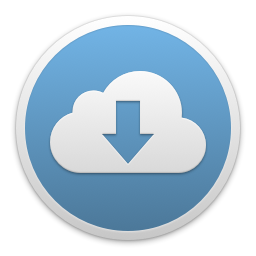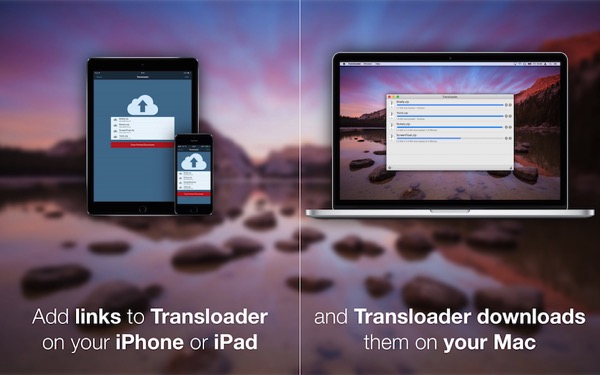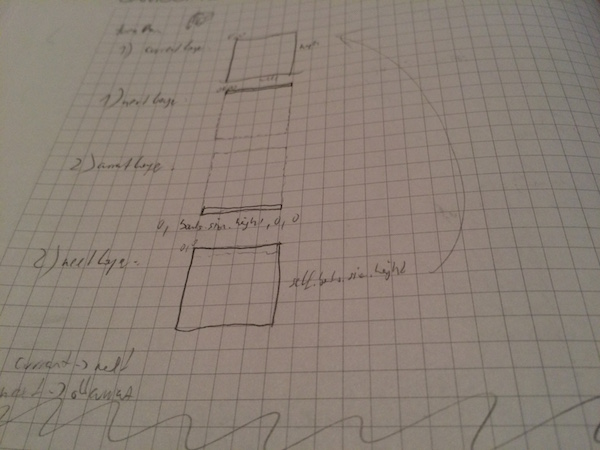That’s a question I’ve been asking myself ever since I started releasing software to the public.
Googling “When to send a press release”, I get articles talking about on what specific weekday to send it or at what time of day.
Or “send a press release when you have something newsworthy”.
Although that is good advice – never send anything not newsworthy, you’ll just alienate people – that’s not the subject of this blog post.
What I mean by ‘When’ is: should I send a press release a couple of days before I release an app or on the same day?
And yes, it is an “either – or” kind of situation. I’ve been told by journalists I asked if it’s cool to follow up a week after (or send the press release again) – definitely don’t do that.
Non-Embargoed Press Releases
To issue press releases the same day I release the app itself always felt natural to me. I’ve been doing it for as long as I’ve released software.
No advance notice, no follow up – just “send it and forget it”. I want to get the news out when it’s fresh and hot and when it’s available for everyone to download.
Control Is An Illusion
Front and foremost, it gives me this feeling of ‘control’. When sending out a press release the day of, I feel like I’m on the mind of the journalist and like they’re more inclined to write about my app since it is “fresh off the press” and just happened. And there might be some truth to that as I’ve seen good results with that approach. But you never have any control to speak of. That’s an illusion.
Secondly, there’s the App Store Review process. It takes time. So once the review is done and the app has been approved, I’m usually very eager to get the app out the door as soon as possible and not have to wait around a couple of days more to be able to send out press releases ahead of time.
I also don’t want to send out a press release while the app is still in review – that’s got ‘catastrophe’ written all over it.
If you send out a press release with an embargo only to have your app rejected some time later, you’ll have to issue a redaction and that’s just hideously tedious. It’s a one-way-ticket onto the journalist’s blacklist.
Even though there are apps for checking the average review times for the iOS and Mac App Stores, it’s just too uncertain in my opinion.
Forget me not
It’s not fun to spend hours writing a decent press release, send it out early to members of the media just to find out they forgot about it come the actual date of the app release. This is probably not much of an issue with bigger news sites and blogs that have systems in place for embargoed press releases, but smaller blogs run by independent reviewers might do all this by hand, so things might slip their minds.
Sending press releases with an embargo also has the risk of of the news leaking.
You send out your news with an embargo of one week, but that doesn’t mean that every member of the media is going to respect that – they might publish early to break the news first (a problem I assume only bigger companies face who’s news appeals to a broader audience than mine, a small indie developer’s press release; but nonetheless, it’s still something to be wary of).
I hear that embargoes aren’t legally binding, so be wary of that as well.
Embargoed Press Releases
With everything you’ve read by now, you might think sending a press release beforehand might not be a good idea. And you’re right, a lot of it speaks against it (although it depends heavily on each individual case).
But there is one thing about it that appeals to me more and more the longer I ponder it – with a press release you send early, you give your potential reviewers time.
Time for Preparation
Imagine being a journalist, getting a couple dozen press releases each day (or more) and some of them are to be released on the same day. There’s simply no way you could check out all those apps and publish on the same day. Pressed for time, a journalist might be inclined to just post the entire or edited press release, publish late or not post about it at all. But a full review is out of the question, that’s for sure.
If you issue that press release a week early, though, you’re helping out not only the journalists you’re addressing, but also yourself.
You give the greatest gift there is: time.
Time to check out your app in detail, less in a hurry to get to the next press release, because they do pile up, I’m sure.
Time to use the app for a few days, should they decide to cover it and get a deeper look at how the app works and feels.
Time to experience details about the app that make it stand out over its competitors.
Time to get more details about the app, e.g. check out the app’s Press Kit; ask you for more details if something isn’t clear or if they have any questions in general.
I believe that is invaluable for all parties involved.
Testing Embargoed Press Releases
To put this to a test, for the release of Transloader 2.1, I sent out the press release one week ahead of the release and the result has been way better than I thought. As I wrote before, I sent out PR with the bad aftertaste of thinking it would be forgotten on the actual day of the release.
But that was not the case. Quite the contrary, actually.
After sending out an embargoed PR, I pretty soon received requests for promo codes to an extent I have not experienced before. That might be attributed to the extended time frame they had for reviews, given the embargo. I imagine journalists don’t bother asking for promo codes if they don’t have the time to really look at the app anyway.
The embargo itself worked very well, not one site posted early. I used the following wording (in bold print) right before the press release body
Embargo: Please do not publish before March 10th, 2015
I think I will take out the “Embargo:” part, though, it sounds kind of demanding.
Among others, MacNN, c|net and the german site MacGadget posted favorable reviews of Transloader and @MacTrast called it their iOS App of the Day.
All in all, it went very well and I’m very satisfied with how it turned out.
Conclusion
I will be moving to embargoed press releases from now on. The benefits of giving journalists some time to check out your app by far outweighs the disadvantages listed above and I think it engaged journalists more.
And that’s what press releases are all about.
—-
My name is Matt, I’m the developer of Eternal Storms Software. If you’d like to comment, you can catch me on twitter here: [twitter-follow screen_name=’eternalstorms’ show_count=’yes’] or by eMail.











